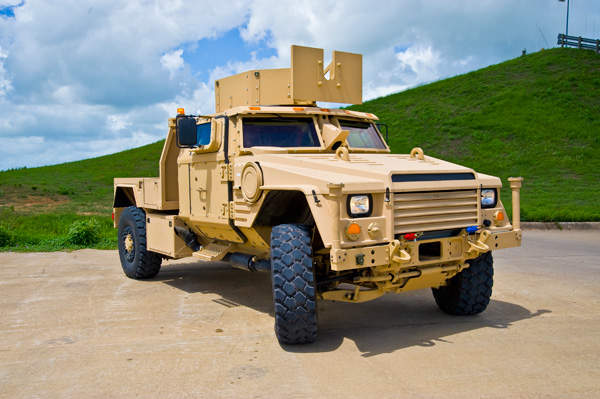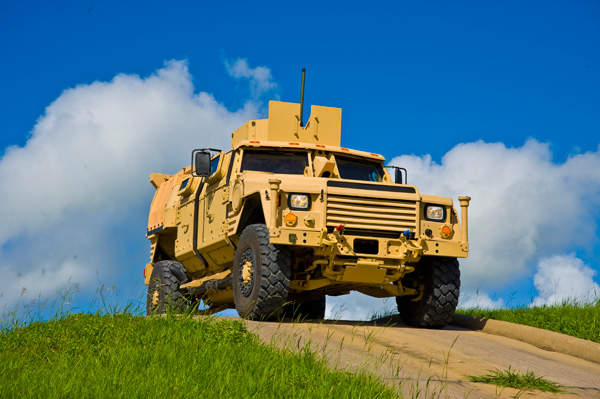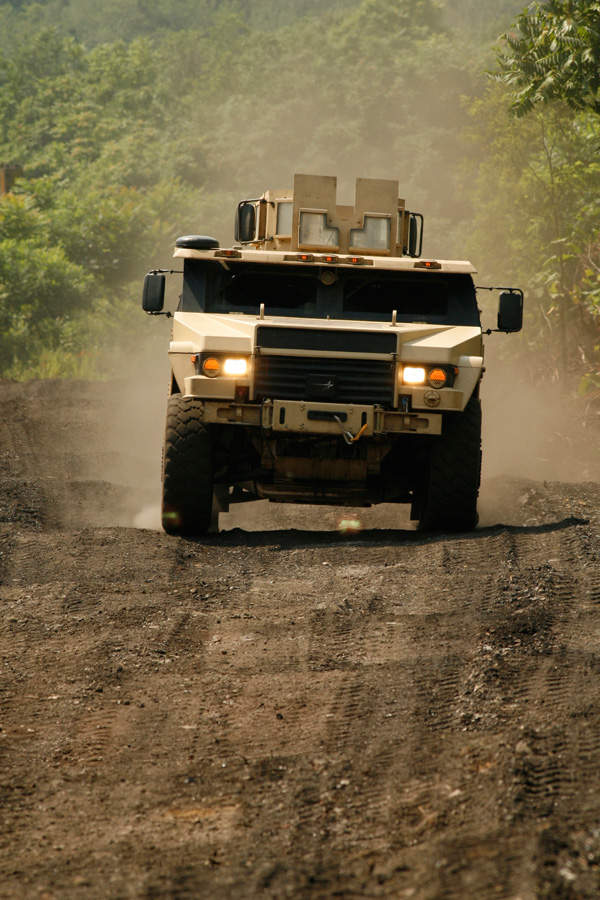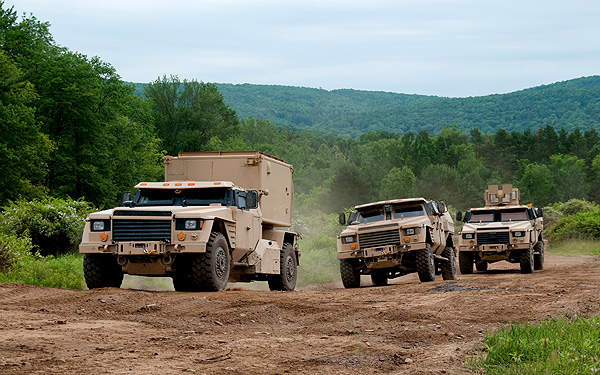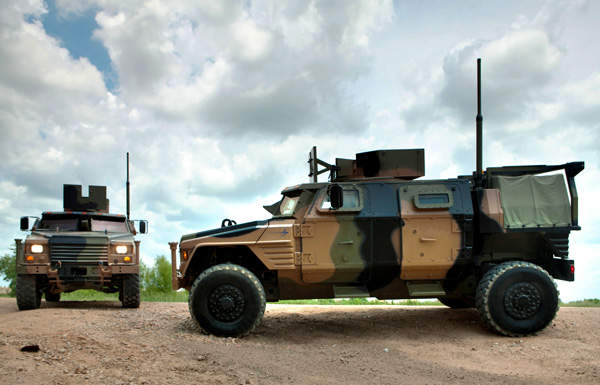Lockheed Martin is developing a family of light tactical vehicles for the JLTV programme. JLTV is the US Army and Marine Corps’ programme to replace the ageing Humvee vehicles with new multirole light vehicles offering high mobility and protection.
The JLTV family of vehicles will provide protected transportation for troops and equipment across challenging battlefield environments.
Joint Light Tactical Vehicle programme
In October 2008, Lockheed Martin was awarded a 27-month contract to continue technology development on the JLTV programme. In January 2009, the US and Australia entered into a Land Force Capability Modernization (LFCM) project arrangement for the JLTV programme to allow interoperability between the armed forces of both the nations.
Related project
The joint light tactical vehicle (JLTV) is a new support vehicle programme being developed by the US forces, specifically the US Army, USSOCOM, and the Marine Corps.
In April 2010, Lockheed Martin delivered the first two of seven operational JLTVs and one companion trailer to the US Army and Marine Corps for the Technology Development (TD) phase testing.
The Request for Proposal for the Engineering and Manufacturing Development (EMD) phase of the JLTV programme was issued by the US Army in January 2012. The full EMD phase will conclude in 33-months, of which 27 months will be allotted for performance. The Army will award up to three contracts under the EMD phase.
Five other teams also confirmed their bidding for the EMD phase of the programme by March 2012. The vehicles being offered are BAE Systems’ Valanx, General Tactical Vehicles’ JLTV Eagle, Oshkosh’s L-ATV, Navistar Saratoga and AM General’s BRV-O.
The Lockheed Martin-led JLTV team consists of BAE Systems, Alcoa Defence and JWF – Defence Systems. As a prime contractor, Lockheed Martin delivers design and systems engineering, system integration, advanced solutions and programme management. BAE Systems is responsible for the production and assembly as well as advanced armour solutions. Alcoa Defence provides design services and aluminium components for the vehicle. Automotive component suppliers include Cummins, Allison Transmission, Robert Bosch, Meritor Defence, Lotus Engineering, L3 Combat Propulsion Systems and Vehma International of America.
Lockheed Martin JLTV variants
The Lockheed Martin team has developed five test vehicles for the JLTV programme. The original JLTV Category B variant is an infantry carrier demonstrated in October 2007. Other variants include the Utility Vehicle Light Category C variant (high payload), the General Purpose Mobility Category A logistics support vehicle, second generation Infantry Carrier Category B vehicle and the Command and Control on the Move Category B vehicle.
The Lockheed Martin JLTV team delivered 10 technology development vehicles in three payload configurations and five companion trailers to the US Government during the technology development phase of the JLTV programme. The deliveries also included two right hand operation JLTV vehicles and one companion trailer to the Australian Army.
Armaments and self-protection
The base vehicle comes with no specific armament configuration. It can be armed with a 12.7mm machine gun for self-defence.
The Lockheed Martin JLTV has an improved ‘V’ shaped hull design to redirect the force of powerful blasts away from the vehicle. The vehicle offers high-level of protection.
The vehicle can be hinged with add-on armour kits developed by BAE Systems Mobility & Protection Systems. The Lockheed Martin JLTV met the protection standards for IED-protected vehicles during government blast tests conducted in October 2011. The vehicle delivers improved survivability, while weighing about 40% less than other all-terrain vehicles deployed in the field.
Engine and mobility
The Lockheed Martin JLTV is powered by a Cummins diesel engine coupled to Allison transmission.
The light weight design facilitates the transportation by ship and aircraft. The vehicle can also be airlifted by rotary wing aircraft such as CH-47 and CH-53. The adjustable height suspension system fitted to the vehicle improves the ride quality.
Related projects
Joint Light Tactical Vehicle (JLTV) Programme
The joint light tactical vehicle (JLTV) is a new support vehicle programme being developed by the US forces, specifically the US Army, USSOCOM, and the Marine Corps.
Oshkosh L-ATV Light Combat Tactical All-Terrain Vehicle
The light combat tactical all-terrain vehicle (L-ATV) is developed by Oshkosh Defence as part of the Joint Light Tactical Vehicle (JLTV) programme.
The Global Armoured and Counter-IED Vehicles Market 2011-2021
This project forms part of our recent analysis and forecasts of the global armoured and counter-IED vehicles market available from our business information platform Strategic Defence Intelligence. For more information click here or contact us: EMEA: +44 20 7936 6783; Americas: +1 415 439 4914; Asia Pacific: +61 2 9947 9709 or via email.

